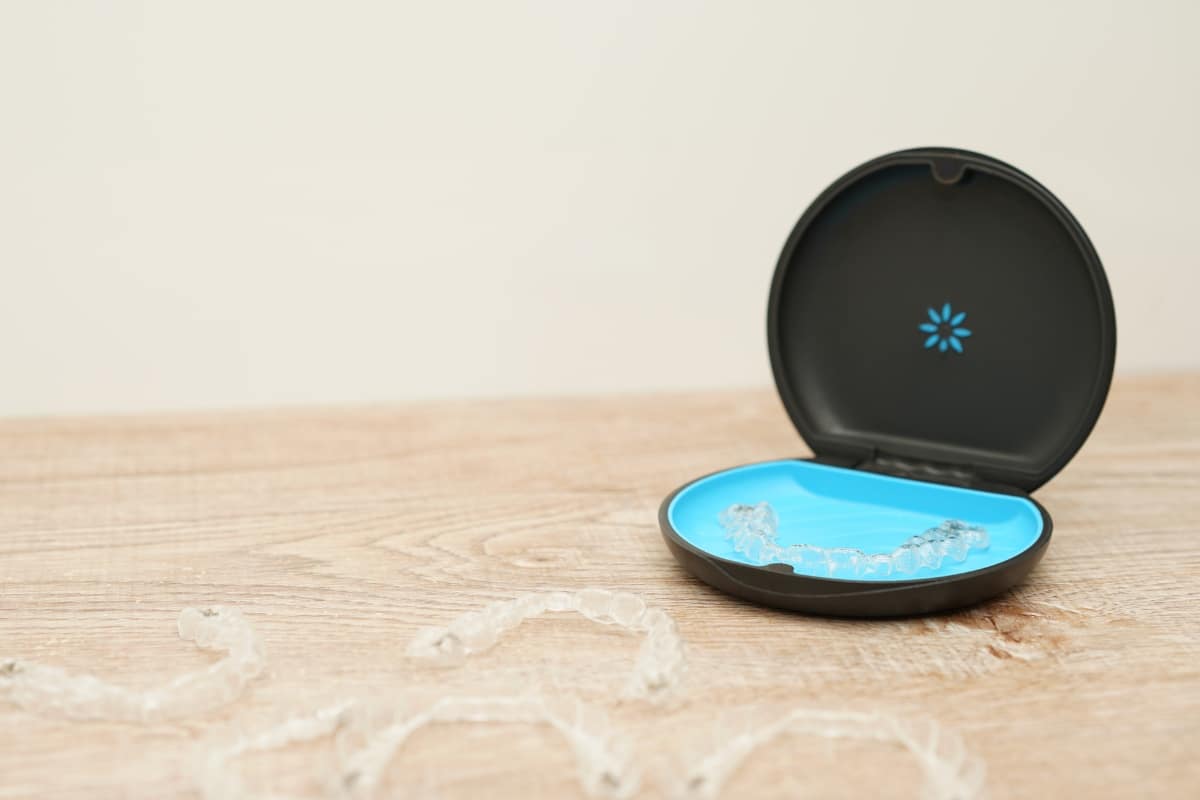
The holiday season brings joy, celebration, and, for many families, the excitement of gift-giving. While toys and games are often at the top of children’s wish lists, there’s another gift that can bring lasting happiness—healthy teeth!
For children with dental issues, particularly with their primary teeth, a non-surgical root canal can be the perfect solution. Here’s a blog to read why this treatment is ideal for pediatric tooth issues and how it can help ensure a brighter, healthier smile for your child this Christmas.
Pediatric Dental Issues
Before diving into the benefits of non-surgical root canals, it’s essential to understand common pediatric dental issues that may arise:
Common Problems
- Tooth Decay: The most prevalent dental problem in children, caused by bacteria that produce acids, leading to cavities.
- Pulpitis: Inflammation of the dental pulp, often due to untreated cavities, which can result in pain and infection.
- Injury or Trauma: Children are prone to dental injuries, whether from sports, falls, or accidents, which can affect the pulp of their teeth.
- Eruption Issues: Some children may experience problems with the eruption of their adult teeth, leading to misalignment or crowding.
Signs Your Child Needs a Root Canal
Parents should be aware of the following symptoms that may indicate the need for a root canal:
- Persistent tooth pain or sensitivity, especially to hot or cold.
- Swelling or tenderness in the gums near the affected tooth.
- Discoloration of the tooth.
- A noticeable bump or abscess on the gums.
What’s a Non-Surgical Root Canal?
A non-surgical root canal, often referred to as pulp therapy, is a dental procedure designed to treat the inner pulp of a tooth without the need for invasive surgery. This approach is particularly effective for primary (baby) teeth, ensuring that they remain healthy until they naturally fall out.
How Does It Work?
- Diagnosis: Our pediatric dentist evaluates the child’s dental health and takes X-rays to assess the extent of the issue.
- Local Anesthesia: The dentist administers local anesthesia to ensure the child is comfortable during the procedure.
- Access Opening: An opening is created in the crown of the tooth to access the pulp chamber.
- Cleaning and Disinfection: The dentist removes the infected or damaged pulp tissue and cleans the interior of the tooth.
- Sealing: After cleaning, the tooth is sealed with a biocompatible material to prevent further infection.
- Restoration: A filling or crown may be placed on the tooth to restore its function and appearance.
Benefits of Non-Surgical Root Canals for Children
1. Preserves Primary Teeth
- Importance of Primary Teeth: Baby teeth play a crucial role in a child’s development, aiding in chewing, speech development and guiding the eruption of permanent teeth.
- Avoids Extraction: Non-surgical root canals can often save a tooth that would otherwise need to be extracted, maintaining proper spacing for adult teeth.
2. Less Invasive Procedure
- Less Trauma: Non-surgical root canals are less invasive compared to traditional surgical options, which can mean less discomfort for your child.
- Short Recovery Time: Children typically experience a quicker recovery with fewer post-procedure complications.
3. Pain Management
- Effective Anesthesia: Local anesthesia ensures that children feel minimal discomfort during the procedure.
- Reduced Pain After Treatment: Many parents report that their children feel less pain after a non-surgical root canal compared to more invasive treatments.
4. Long-lasting Results
- Durable Solution: A successful non-surgical root canal can provide long-lasting relief from pain and infection, allowing children to maintain their dental health until their adult teeth emerge.
- Improved Quality of Life: With pain alleviated and oral health restored, children can enjoy eating, playing, and socializing without discomfort.
5. Cost-Effective
- Preventative Care: Investing in a non-surgical root canal can prevent more costly procedures in the future, such as extractions and dental implants.
- Insurance Coverage: Many dental insurance plans cover pediatric root canal treatments, making them a financially sensible option.
Preparing Your Child for a Non-Surgical Root Canal
Preparing your child for their non-surgical root canal can help alleviate any anxiety they may have about the procedure. Here are some tips to ensure a smooth experience:
Tips for Parents
- Explain the Procedure: Use simple language to explain what will happen during the treatment, focusing on the positive aspects, such as how it will relieve pain.
- Stay Calm: Children often pick up on their parents’ emotions, so try to remain calm and positive about the visit.
- Offer Comfort Items: Allow your child to bring a favorite toy or blanket for comfort during the appointment.
- Post-Procedure Care: Discuss any necessary aftercare and what to expect in terms of recovery with your child. Reassure them that they will be okay.
This Christmas, consider giving your child the gift of a healthy smile by choosing non-surgical root canal therapy for their dental issues. With its ability to preserve primary teeth, minimize discomfort, and provide long-lasting results, this treatment is truly a gift that keeps on giving.
By addressing dental problems early, you can help ensure your child enjoys the holiday season and many more to come without the pain and complications of untreated dental issues.
Investing in your child’s dental health not only sets them up for a successful transition to adulthood but also fosters a positive relationship with dental care. Celebrate this holiday season by prioritizing your child’s oral health and ensuring that their smile shines bright for countless Christmas!





